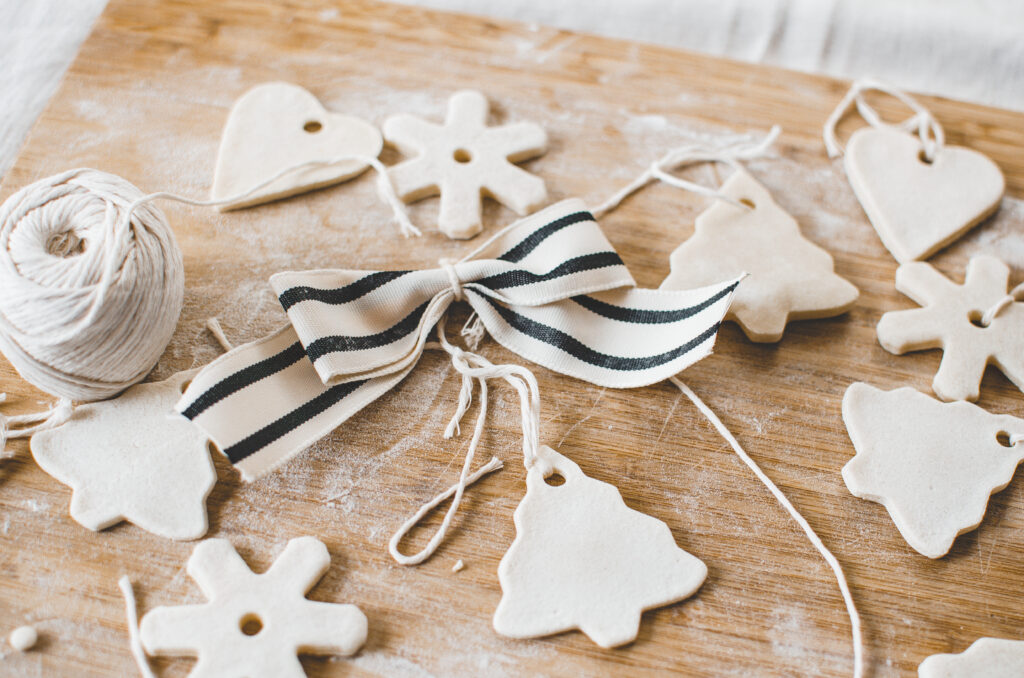
HELLO & WELCOME
Thanks for visiting my little piece of the internet!
I’m Maria, a lover of furry things, coffee and anything creative. This blog is where I love to share affordable home decor ideas, great DIYs, yummy recipes, unique crafts and so much more.
ETSY SHOP
RECENT POSTS

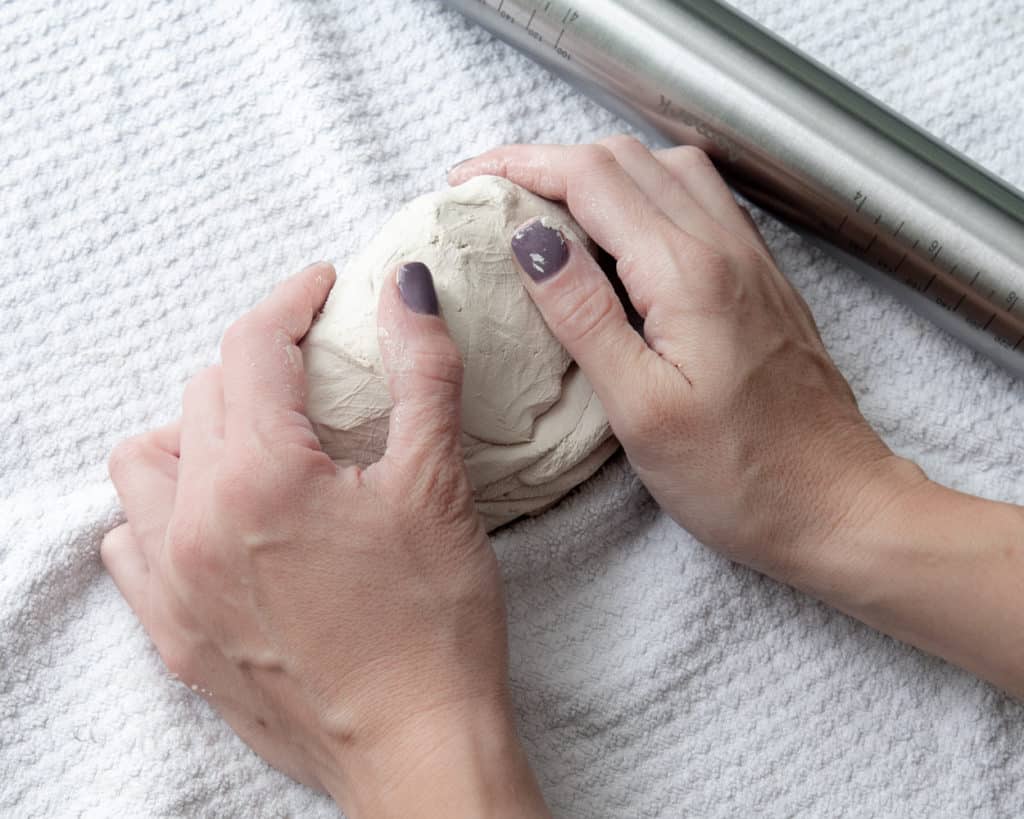


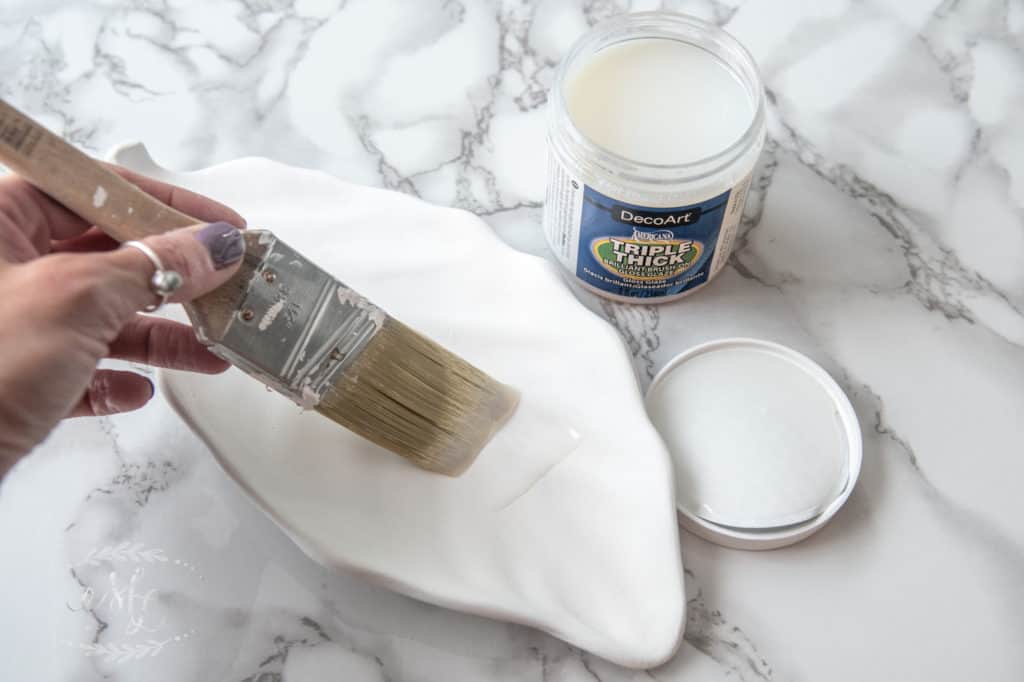


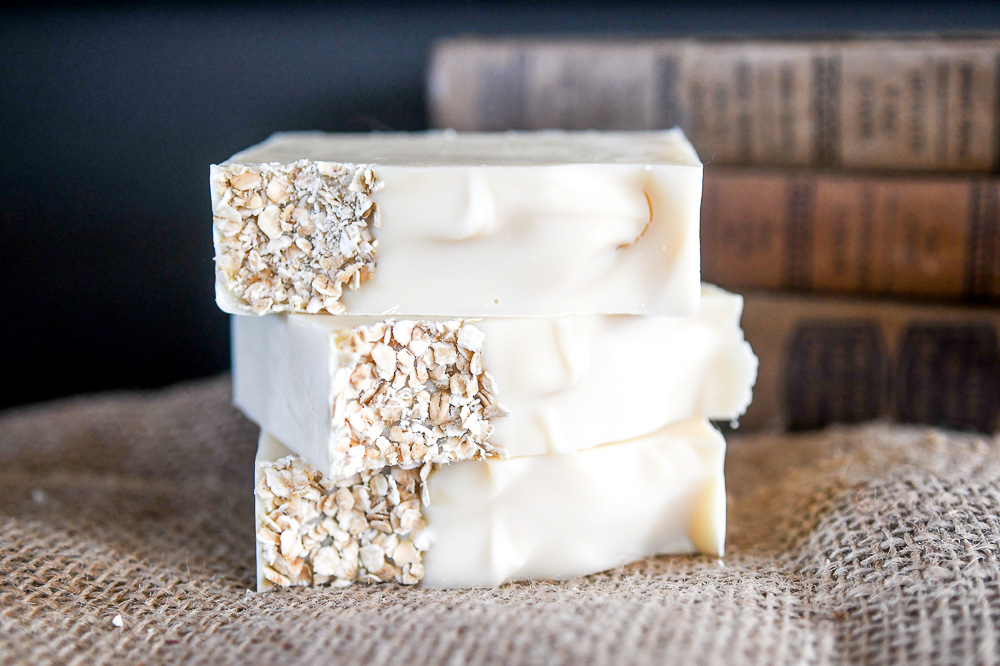
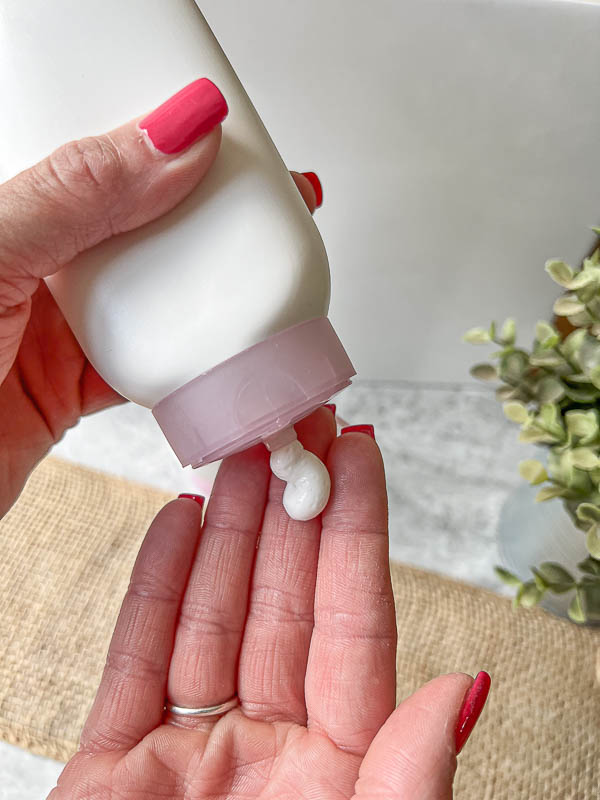



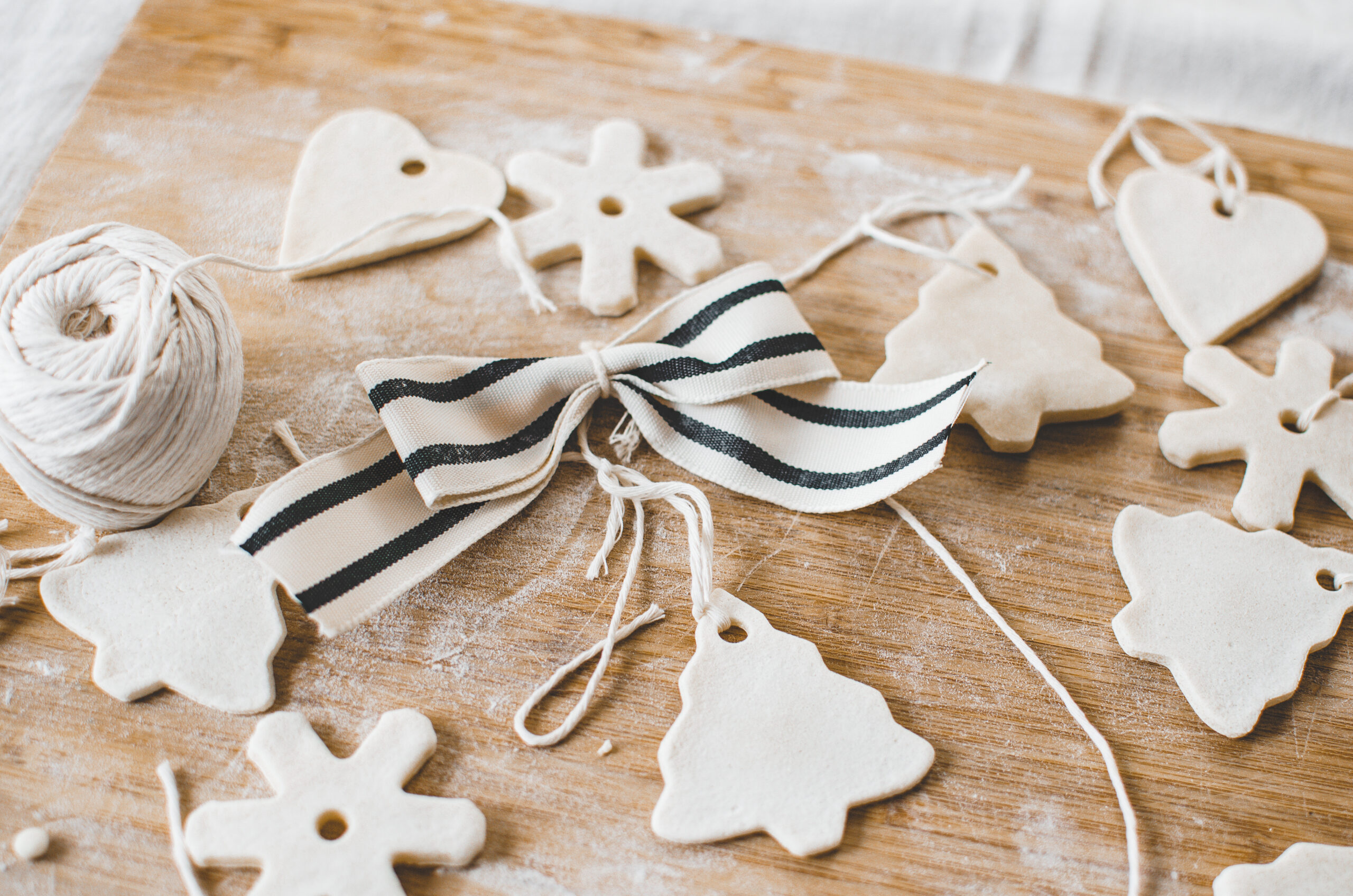
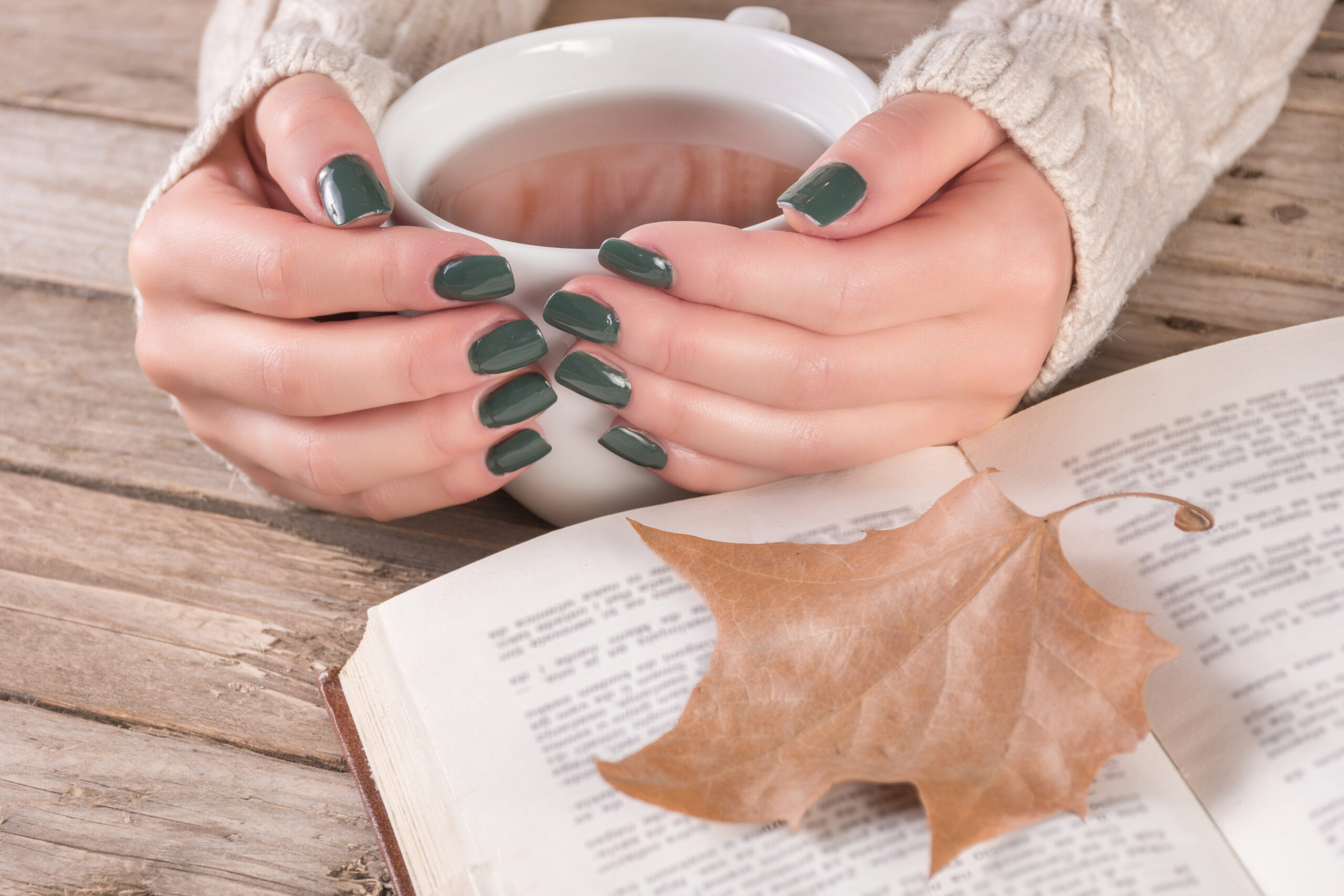
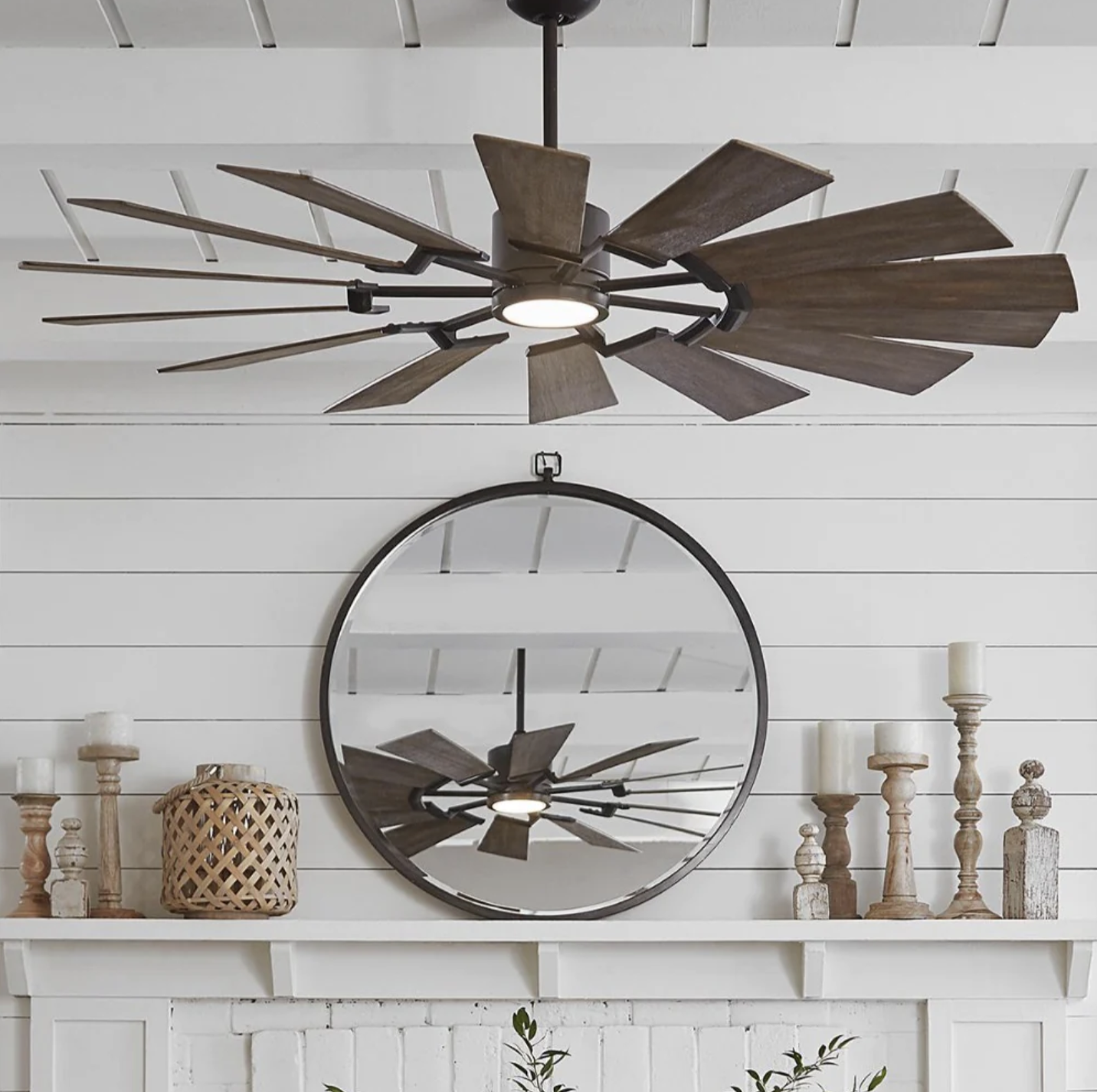

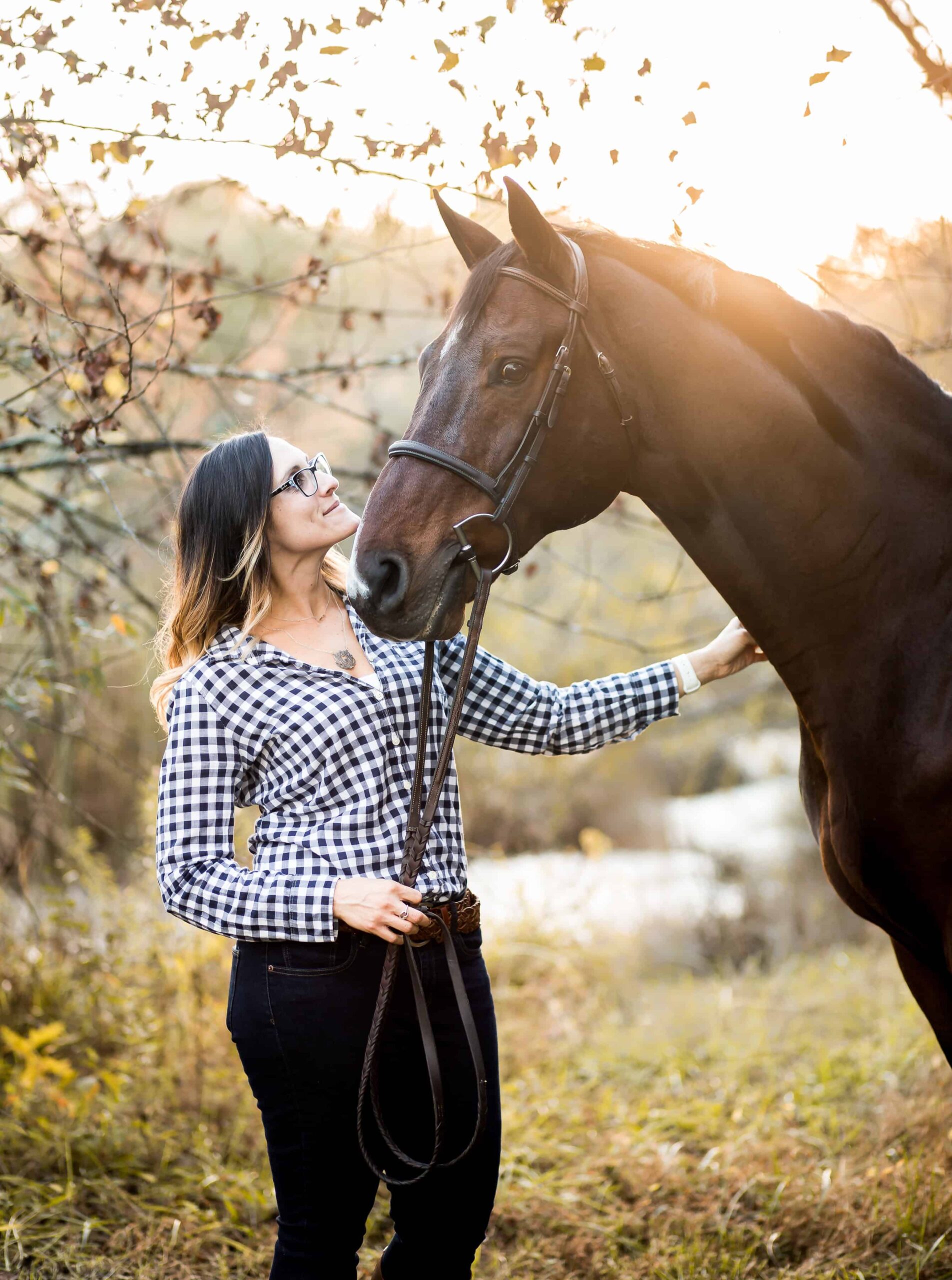
37 thoughts on “Air Dry Clay: 10 Great Tips to Know Before You Start a Project”
I’m also disabled and planning on selling my first creations very soon! (nail bitting commenced)
What’s the likely hood of it falling apart after people paying money for it lol.🤦♂️
Sorry that’s not my question more a fear lol.
So rightly or wrongly I purchased some gnome figure molds I’ve stuffed them full but how long should I leave them and what’s the easiest way to get them out? They’ve been well cornfloured but I’ve not cast anything this shape before?
My air dry clay is very earthy but drys grey, no clue of the name sorry guys.
I want to thank all of you for the advice. I’m so happy I found your post and this medium, you can be so creative even in bed on those days.
Happy creating everyone! xoxo
Emma,
Unfortunately, I haven’t casted anything using air dry clay so I’m unsure how it will handle with molds. Often you want to pour into molds something that will not shrink as it dries (i.e. – resin, plaster of paris, etc…) so I’m not sure how this medium will behave.
I’m so happy to help you problem solve anything I can though. I would make sure you heat up your molds to help get them off your clay. Know it’ll take a long time to dry as it’ll be a solid piece! Paint them and seal them. I’m working on a post about sealing your projects, but there are a few great items on the market. Look for acrylic sealers!
I’m so glad you’ve found a way to create, even on those bad days! It takes a lot of strength and courage to carry on despite all the challenges life gives us. Please never stop creating beautiful things for yourself to enjoy and others as well!
Keep in touch and let me know how it turns out.
Biggest of hugs,
Maria
Maria do you think ceramic plebeo paint will work when painted on an air dried item. I want to bake on low 140 deg. For 30 minutes…what are your thoughts?
Dolores,
I haven’t ever used that paint, however I would bake your items first regardless the paint you intend to use. Then, once they’re dry and cool… paint away! Make sure you seal your projects accordingly! It’s always good to preserve your keepsakes!
Cheers,
Maria
Hi! Thanks for very helpful text! Great tips. May I ask is it possible to paint so that color will be matte, not glossy?
Anna,
I believe there is a sealer out there that is matte. You could try modge podge matte sealer and see if that gives you the desired effect. Great question! Thanks for reading along!
Cheers,
Maria
I’m brand new at this air dry thing so my questions are pretty elementary. What about kneading before you roll and cut? How crucial is this? Am I trying to soften the clay or warm it up? Next, when I have my piece cut out, should I put wet paper towel over them during drying? My starter samples seem to be curling slightly in drying. Is that because they are rolled too thin or drying too quickly? Should I weight them a bit?
Thanks for your information and guidance. Any and all suggestions are welcome. I think this is going to be a fun change from painting and cross stitching. Thanks a bunch.
Marg,
I apologize for my delay! I doo weight mine down. I also flip them if possible to help minimize curling. You can also dampen them and uncurl them instead of scrapping the project all together. I hope I’m of some help… as tardy as I am.
Cheers,
Maria
Hey Maria! I REALLY appreciate that you took the time to write this post AND do it so WELL! I’m also very pleased to see that you have taken the time to reply to each and every comment. How wonderful of you. Too often I just do not see that happen. It is refreshing and encouraging!
I tried using air dry clays a while ago and gave up pretty well right away for all the issues YOU ran into but am wanting to try again and have been SO LUCKY to have happened upon your post FIRST! YAY!!! I feel SURE of success now and I can’t thank you enough.
I’ve been an artist for nearly 30 yrs but am now on the “permanently disabled list” and cannot feel my dominant hand – just for starters – so I am needing to adapt and change the way I work and what I work with. disabilities don’t end lives, they just change them, right? So I am going back to my first love: paper mache. The pulp kind, also air dry clay, and Celluclay, and any substance like these things is just what I need! Even plaster is on the roster! There are all kinds of new plasters that are strong but lighter than the original, but I will start with air dry clay. With YOUR knowledge at hand I feel confident now that it will be an enjoyable experience. Thank you!
Steph,
Thank you for sharing your touching story. Your line of “disabilities don’t end lives” really resonates. I’m SO proud you didn’t give up and continue to strive to find something that satisfies your creativity side while honoring your journey. I’m so glad you found this post useful and inspiring.
I’m so very thankful you left this message. Some days I wonder if what I’m doing on this platform is actually helping readers. This fills my cup and it runneth over.
Sending you lots of love and joy with your new media. I’d love you to share some of your projects you’re proud of. <3 Stay in touch.
XOXO,
Maria
Great article. Thank you so much.
I have das air dry clay and when I roll it out I can’t get it smooth. You have a tip !?? Thanks so much Lorie
Lorie,
There are a few different types of air dry clay, some are easier to use than others! I would kneed it a lot to soften it before rolling. Use a hard surface and a rolling pin. I’ve also tried a little lotion on your rolling pin to “lubricate it.” I’ve also used MDF to help roll onto and let it dry on it for a flat smooth surface. I haven’t worked with Das Air Clay but I’ve had some other clay that has been challenging. It takes a little working with to get it right.
I hope that helped a little! Happy creating and thank you for reading!!
Maria
I too have problems with dominate hand. Started using air dry clay just recently, from my daughter she’s very crafty. My sister and I are both retired, and started making a gnome village in her flower bed… my clay is the gray sticky one, my sisters is white and EASIER to work with and drys quicker, but it’s fun, thank you for all your advise, I will keep following… thanks cathy
I’ve seen acrylic wall puddy being used on projects. Can you add enough water to the clay I have, to use like the puddy being applied?
With a paint brush?
Thank you for the great tips!
I’ve just started my first project. Using the clay around crystals to make pendants.
Unfortunately my country is in lockdown so I can’t go buy glaze or hodge podge clue.
Can the sealing agents wait or must they be applied immediately?
Many thanks Maria!
Appreciate your time and energy 🙂
Angela,
I’m so excited you completed your first project! Do not worry at all, there isn’t a time constraint on glazing. I would just keep the clay away from any water or steam (like don’t keep in a bathroom or in the kitchen.) Even after it’s dried, if you apply water to your project it will affect the surface of the clay.
But please do not fret! The clay will absorb the glaze when you’re ready.
Stay safe friend. Keep creating and thank you for reading along. <3
XOXO,
Maria
Thank you so much Maria!
You are so kind and helpful. Thank you for sharing with us Xx
🌷🌷🌷🌷🌷
Stay safe too friend.
Angela,
My pleasure! Thank you so much for your kind words and reading along. I’m glad you found some useful info!
XOXO,
Maria
Maria, I really appreciate you sharing tips on how to minimize cracking when using air dry clay This is the only drawback I’ve had with using this medium. Like you, I love it. I also like working with small river rocks as well! Thanks for sharing!
Miss Mary 😀
Miss Mary,
You are so sweet! Thank you so much for your kind words! It can really be a challenge to minimize cracking, but I’m glad it doesn’t deter you from working with such a great medium.
Thank YOU for reading and your words of encouragement. Happy creating! 😀
Hugs,
Maria
Can you hot glue pieces on that have fallen off?
Judy,
I actually don’t have a great answer to that. I would say if you’re looking to glue things back on, for with E3000 all purpose glue. It’s reacts with moisture and is flexible so it will not peel and crack off the finished surface.
Thanks for reading!
Cheers,
Maria
Hi Judy, Miss Mary here. I found that hot glue works best for me when reattaching pieces back into place. Other glues tend to peel off too easy.
I’m a life long self taught artist on canvas and paper with age and hand surgery’s I was told to use clay as therapy. I like the crayola and polymer, ( polymer is expensive to me) I’m making wire,glue,fingernail polish bonzie trees with the clay for the main part of tree but my problem is with cracking? Any suggestions please I’m so frustrated thanks
Carolyn,
My experience is to not add too much water to the clay when you’re working on it. I do have a spray bottle that I will occasionally dampen my project and cover it with cling wrap if I’m spending a few days on it. If your joints are cracking, then I would recommend you using slip and being very thorough with your joining techniques. I’m asking where are your cracks mostly? I’d like to help you more.
Cheers,
Maria
Hi Maria,
Thank you so much for your generosity in sharing your experience & knowledge. I have been given a quite a few packets of air dry clay which I’ve never used before, your tips will give me a lot more confidence to open one up and start using it.
Yvonne,
Thank you for your sweet and kind words. I hope you enjoy creating with your air dry clay! It’s one of my favorite mediums and so quick and easy to use. Sending you lots of creative vibes. Thanks for reading along.
Hugs,
Maria
Thanks for the tips, I’m just starting out playing with this clay and have often had my work stuck to a board and ruined so that’s a great help thank you
Julia,
So I have to confess, that was the main reason I wrote this post! I bought all the things, had a great project in mind, started rolling out my first slab and poof. Stuck. I was so frustrated. The research began, and I spent hours hunting around for information on air dry clay. I knew if I was struggling, so were my friends out there! I’m so glad this post helped you in your creative adventures.
Happy crafting and thank you so much for your kind words.
Cheers,
Maria
This was so helpful! Do you have any advice for me with painting and such after I’ve made my work? I’ve used acrylic paints and air dry varnishes but each time after a little while like even a week after it’s dried I have the varnish or paint peel off with a powdery layer underneath like it won’t stick because my clay project is too powdery.
Hope you can help 🙂
– Ally
Ally,
Oh no! Well historically I’ve used paint in the dough mixture (if I’m using my own recipe) or just spray painted it and then sealed it with this glaze and it’s held up just fine. Check out my post on making your own paint palette. I walk you through the steps of painting and sealing this project.
I hope I’ve helped answer your question. If you still run into an issue let me know. We can problem solve this together!
Cheers,
Maria
Thank you so much for your shared knowledge. Here’s hoping I can now make some nice little projects. 😁
Carol,
Thank you for your kind words. You have just made my day! I hope you enjoy your projects!
Hugs,
Maria
Thank You So Much For The Tips
Cynthia,
Of course! Thanks for reading!
<3
Maria
I’m making a Mourning Jug: I’ll be covering a glazed heavy ceramic jug with mementos like jewelry, small toys, beads and medals. Will air dry clay stick to the jug enough to hold all these things?
Mollie,
For something like that I would look into using e3200 epoxy adhesive. It expands and contracts without cracking. Air dry clay tends to flake and crack if more sealed and even when sealed it doesn’t boast well under a resistance. You could clay over the epoxy to give it a better look. That would certainly work!
Happy crafting!
Maria